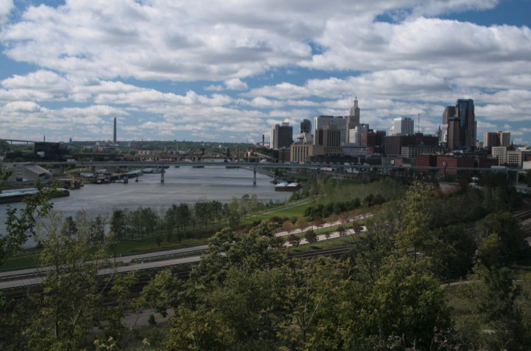In Sacramento, they pick figs, kumquats, and plums from public trees. In New York, they harvest purslane–an edible flower–from the cracks in the sidewalk. Down south, it’s fiddlehead ferns, and just about everywhere, people are picking black walnuts, wild mushrooms, and dandelion greens.
Urban foraging–gathering fruit, vegetables, and other useful things from parks, lawns, and sidewalks–isn’t a new thing. But as more urbanites become aware of the free bounty surrounding them, new issues are–pardon the pun–cropping up. When a public park’s berry patch is raided, whose responsibility is it to make sure there are some left for everyone to enjoy? What about pesticides?
